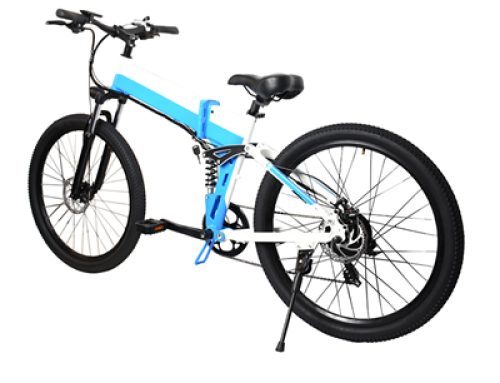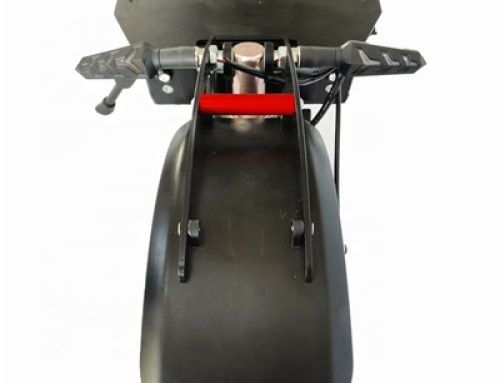The future of electric cycling (e-bikes) holds exciting possibilities as technology continues to advance and societal attitudes toward sustainable transportation evolve. Here are some potential innovations and trends we might see in the e-bike industry:
- Battery Technology: One of the most critical aspects of e-bikes is battery technology. As battery energy density improves, e-bikes could become lighter and have longer ranges. We might see faster charging times, more compact batteries, and increased durability.
- Range and Efficiency: E-bike manufacturers will likely focus on improving the efficiency of electric motors and systems. This could result in e-bikes with longer ranges on a single charge, making them more suitable for longer commutes or recreational rides.
- Integration and Design: Future e-bikes may feature more seamless integration of components, such as hiding batteries and motors within the frame. This not only improves aesthetics but also aerodynamics and handling.
- Smart Features: E-bikes could incorporate more smart features, such as integrated GPS, connectivity with smartphones, and advanced navigation systems. This could enhance rider safety, enable theft prevention, and provide real-time ride data.
- Regenerative Braking: Regenerative braking technology, which converts braking energy into electrical energy to recharge the battery, could become more widespread. This innovation could further extend the e-bike’s range and improve overall efficiency.
- Materials and Construction: The use of advanced materials like carbon fiber and innovative construction methods could lead to lighter, stronger, and more durable e-bike frames. This would improve performance and overall ride experience.
- Adaptive Assistance: E-bikes might feature more advanced motor control systems that adapt assistance levels based on factors like rider input, terrain, and heart rate. This would create a more personalized and efficient riding experience.
- Safety Enhancements: Safety innovations could include better integrated lighting systems, automatic signaling, collision detection, and even self-balancing systems to prevent falls.
- Folding and Compact E-Bikes: Foldable and compact e-bikes could become more popular, catering to urban commuters who need to combine cycling with public transportation or limited storage space.
- Rider Experience: E-bike manufacturers might focus on improving rider comfort through features like adjustable suspension, ergonomic designs, and advanced seat materials.
- Sharing and Rental Systems: As e-bikes become more widespread, we could see enhanced sharing and rental systems in cities, making them a convenient and sustainable transportation option.
- Environmental Impact: Manufacturers could prioritize sustainable and eco-friendly production processes, using recyclable materials and minimizing the environmental impact of e-bike manufacturing.
- Legal and Regulatory Changes: Governments might update regulations and laws to accommodate e-bikes more effectively, potentially opening up more cycling infrastructure and providing incentives for e-bike adoption.
- Performance and Sport-oriented E-Bikes: E-bikes designed for performance and sport could continue to evolve, with improved power delivery, advanced suspension systems, and tailored riding modes.
It’s important to note that while these innovations are exciting to consider, not all of them may come to fruition, and new developments not mentioned here might also shape the future of e-biking. The speed at which these changes occur will also depend on factors like technological breakthroughs, market demand, and regulatory developments.







